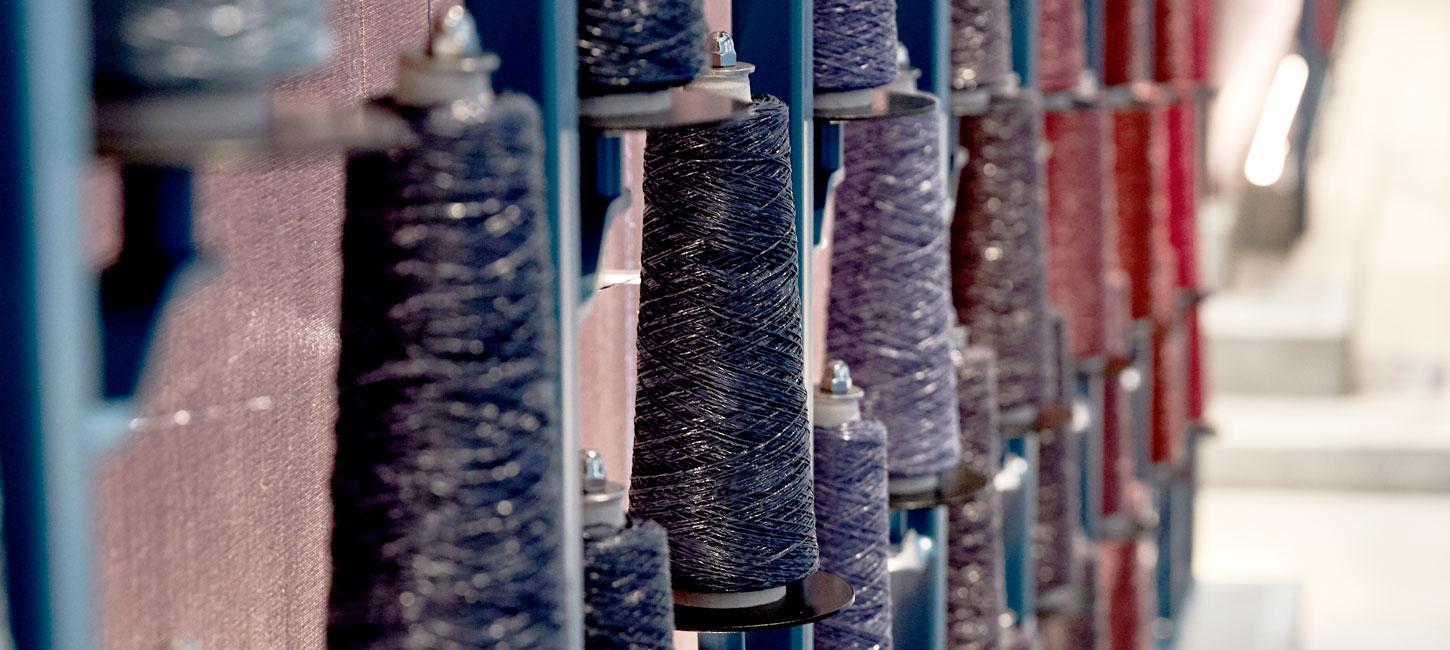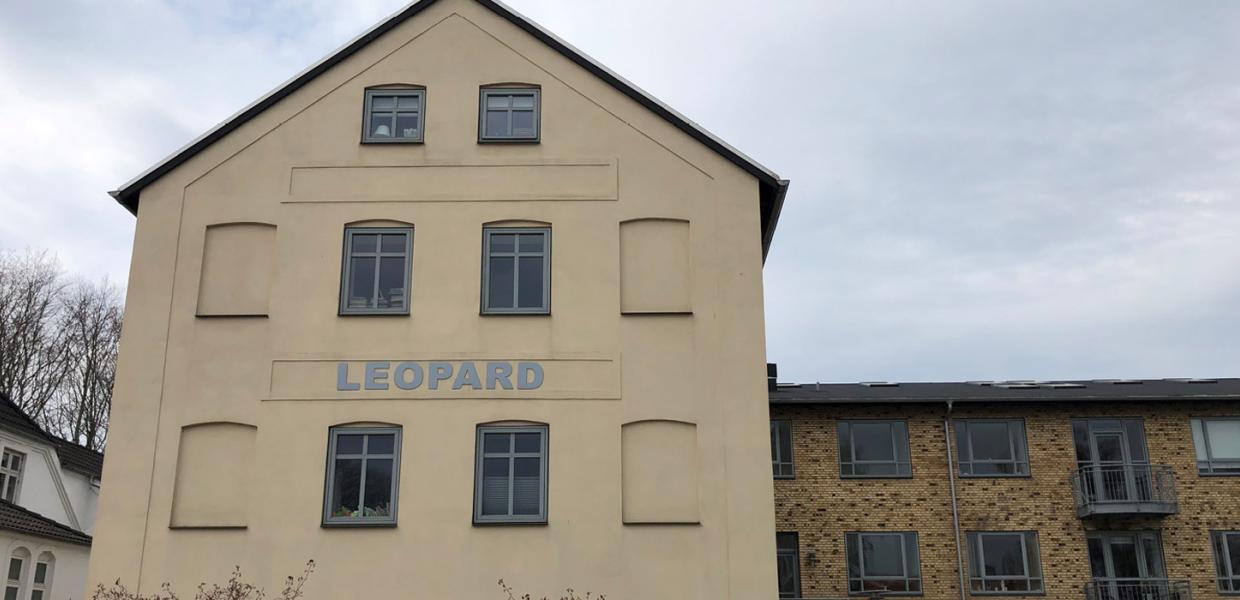
The Central Jutland tiger economy
The textile route in Ikast
The cultural heritage of the textile industry has left its mark on the town of Ikast and the character of its inhabitants. Get the highlights from the history of the textile industry in Ikast and its surroundings.
Follow the route and get the full experience in VisitHerning Explore App
Download App
At the turn of the last century, the moorlands in central Jutland was one of the poorest areas in Denmark. People lived modestly on scattered farms. It was difficult to grow anything in the poor moorland soil, so the farmers turned to sheep and wool production as their primary economic activities. However, being a wool merchant and sock knitter (hosebinder) was no goldmine.
All of this changed in the 1920s and 30s, however, when young men travelled from these farms out into the world. Then, with their woollen goods and their newfound money in their pockets, they moved to the slowly growing urban areas surrounding Herning and Ikast. This is when Ikast started to transform, with small factories in backyards and down in the basements of flats and houses. Take a digital city tour and hear how local men and women created the factories that lay behind the Danish textile boom.
- Tulstrupvej 5
This was the first factory to have a windmill that powered the machines, but only if the wind was blowing, otherwise workers had to run the large knitting machines by hand.
- What is an Ikast Volkswagen?
BHI made men’s and boys’ underwear; they had great influence over several aspects of the history of the textile industry. For example, Svend Hansen, who was in charge of the company, was very active in the Dan Ikast association. The association worked together to negotiate the prices on cotton yarn, and established bus routes to the cities so that there was a better opportunity to get more seamstresses to factories in the area.
- Ikast Square
There have always been a lot of tradesmen in Jutland, and in the 1950s and 1960s the textile manufacturers used to meet, in what is now called Hotel Medi, for a cup of coffee or tea and a professional talk. You can see the hotel here in the middle of the square. People also say that the tradesmen used to discuss prices and make plans for the future of the industry while they were there.
- Helge Rasmussen Textiles
After the Second World War, there was a steep rise in the number of new, small companies. People started factories in any space they had. From basements to attic rooms and backyards; wherever there was room to start the so-called man/wife factories, they would. In the 1960s, there were over 200 factories in Ikast, and the town had a population of just 8,000 at the time.
- Is Ikast the town that suits Denmark?
Today, the textile industry has moved out of Denmark and Europe. There are still many textile jobs here in Midtjylland and Ikast, however now it’s designers, marketing people, salesmen and many more here, who collaborate with the factories abroad. Ikast is still the town that suits Denmark, but with a more international approach.
Follow the route in the VisitHerning Explore app and discover the textile industry in Ikast narrated in sound clips.

